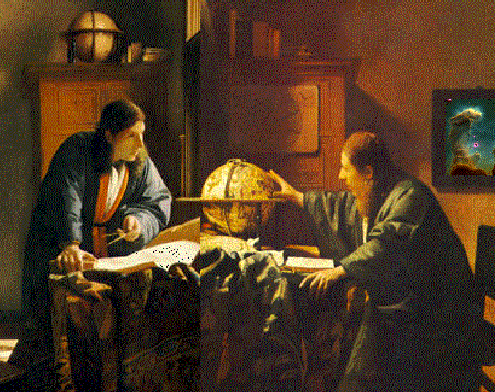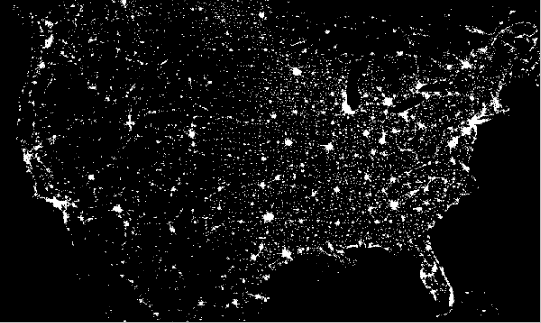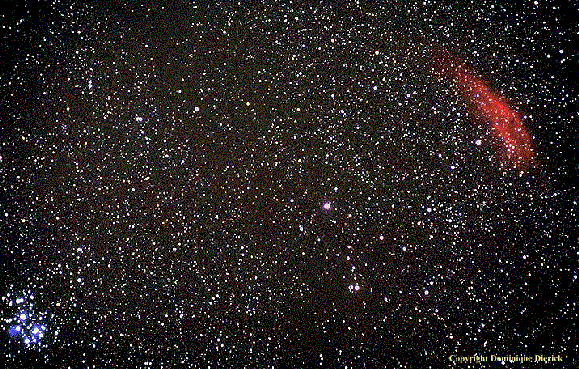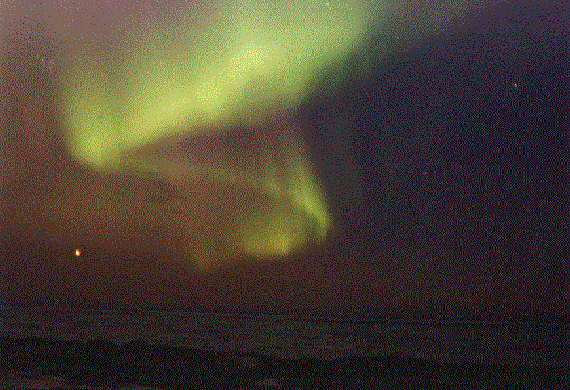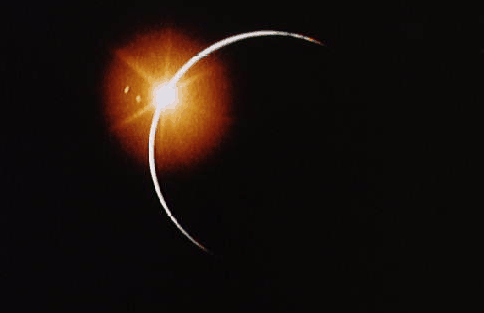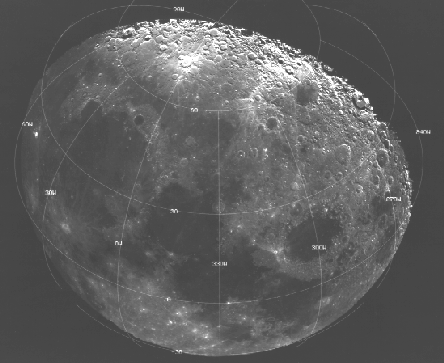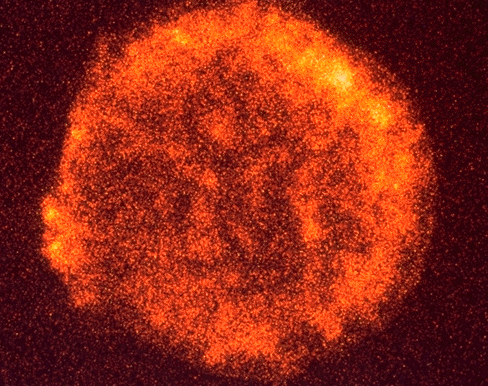NASA APOD #363-370
#363 Tomorrow's picture: June 16, 1996
“The first Astronomy Picture of the Day (APOD) appeared one year ago today. Pictured above are Robert Nemiroff (left) and Jerry Bonnell (right), engaged in creating the APOD web pages. APOD started over speculative conversations on the ultimate value of the World Wide Web. In our (current) view, the WWW is the closest thing yet to an "Encyclopedia of Humanity," and we think it's important to contribute. We are proud to say that APOD has now annotated most of the famous astronomical pictures of our time and has made them available to the general public in an indexed and searchable archive. During it's first year, APOD's main daily picture page has been served over one million times. But APOD's mission continues. As space science progresses more pictures, fresh insights, and new educative links become available. Therefore, so long as public interest and NASA support continue, APOD will continue. We thank all whose gracious e-mail are continually a source of encouragement."
Copyright: Public domain
#364 Tomorrow's picture: June 17, 1996
“This is what the United States of America looks like at night! Can you find your favorite US city on this image? Surprisingly, city lights make this task quite possible. The above picture is actually a composite of over 200 images made by satellites orbiting the Earth. Scans were made by the USAF Defense Meteorological Satellite Program (DMSP) Operational Linescan System. The DMSP satellites continue to help in the understanding and prediction of weather phenomena as well as provide key information about population patterns, city light levels, and even rural forest fires."
Copyright: NOAANGDCDMSP
#365 Tomorrow's picture: June 18, 1996
“In the lower left corner, dressed in blue, is the Pleiades. Also known as the Seven Sisters and M45, the Pleiades is one of the brightest and most easily visible open clusters on the sky. The Pleiades contains over 3000 stars, is about 400 light years away, and only 13 light years across. Surrounding the stars is a spectacular blue reflection nebula made of fine dust. A common legend is that one of the brighter stars faded since the cluster was named. In the upper right corner, dressed in red, the California Nebula. Named for its shape, the California Nebula is much dimmer and hence harder to see than the Pleiades. Also known as NGC 1499, this mass of red glowing hydrogen gas is about 1500 light years away."
Copyright: Dominique
Dierick and Dirk De la Marche
#366 Tomorrow's picture: June 19, 1996
“Looking out over Lake Superior at dusk you see Venus (lower left) and ... curtains? Like an ant looking up at window curtains, aurora frequently appear as huge flowing light displays. These colorful, often spectacular phenomena are most frequently visible from locations near the Earth's poles. Aurora are caused by electrons from the solar wind funneling to Earth along magnetic field lines, and striking atoms and molecules in our atmosphere. Auroral color is determined by which atmospheric ions are struck and recombine to form neutral atoms. Hourly updates of auroral sightings are posted to the WWW. It is still controversial whether aurora make any sound audible from the ground. If you think you have "heard an aurora," please report it!"
Copyright: Michael DolanMichigan Tech.
#367 Tomorrow's picture: June 20, 1996
“In November of 1969, homeward bound aboard the "Yankee Clipper" command module, the Apollo 12 astronauts took this dramatic photograph of the Sun emerging from behind the Earth. From this distant perspective, part of the solar disk peers over the Earth's limb, its direct light producing the jewel like glint while sunlight scattered by the atmosphere creates the thin bright crescent. Today at 10:24 pm Eastern Daylight Time is the Summer Solstice. From an earthbound perspective, the solar disk will climb to its greatest northern declination marking the Northern Hemisphere's first day of Summer and creating the longest day -- with over 15 hours of daylight near latitude +40 degrees."
Copyright: Public domain
#368 Tomorrow's picture: June 21, 1996
“Pictured above is one of the world's premiere radio astronomical observatories: The Very Large Array (VLA). Each antenna dish is as big as a house (25 meters across) and mounted on railroad tracks. The VLA consists of 27 dishes - together capable of spanning the size of a city (35 kilometers). The VLA is the most sensitive radio telescope ever, and, through interferometry, can resolve a golf ball-sized radio source 150 kilometers away (0.04 arcsec). The VLA is continually making new discoveries, including determining the composition of galaxies, passing comets, quasars, HII regions, and clusters of galaxies. The VLA is also used to receive the weak radio signals broadcast from interplanetary spacecraft. The VLA is located in New Mexico, USA. A significant upgrade of VLA's capabilities is planned."
Copyright: Sarah
WinfreyU. MichiganNRAO
#369 Tomorrow's picture: June 22, 1996
“This image is from the voyage of the intrepid Galileo spacecraft as it passed above the Moon's north pole on its long journey to Jupiter. It was made over 60 years after Admiral Byrd became the first to fly over the Earth's north pole. Within a superposed frame of lattitude and longitude lines much of the Moon's familiar face, dominated by smooth dark mare, is brightly lit. Near the pole itself, the harsh shadows reveal a rugged, cratered lunarscape."
Copyright: Public domain
#370 Tomorrow's picture: June 23, 1996
“How often do stars explode? By looking at external galaxies, astronomers can guess that these events, known as a supernovae, should occur about once every 30 years in a typical spiral galaxy like our MilkyWay. However, the obscuring gas and dust in the disk of our galaxy probably prevents us from seeing many galactic supernovae -- making observations of these events in our own galaxy relatively rare. In fact, in 1572, the revered Danish astronomer, Tycho Brahe, witnessed one of the last to be seen. The remnant of this explosion is still visible today as the shockwave it generated continues to expand into the gas and dust between the stars. Above is an image of the X-rays emitted by this shockwave made by a telescope onboard the ROSAT spacecraft. The nebula is known as Tycho's Supernova Remnant."
Copyright: Public domain
Upvote! Resteem! Comment! As you like it! Thank you for attention!
